A year-long wait to visit this magical land in the Far East proved to be worth every minute of it when I set my foot on its pristine soil – a paradise graced by snow-capped mountains, lovely-hued lakes, and breathtaking endemic flora and fauna.
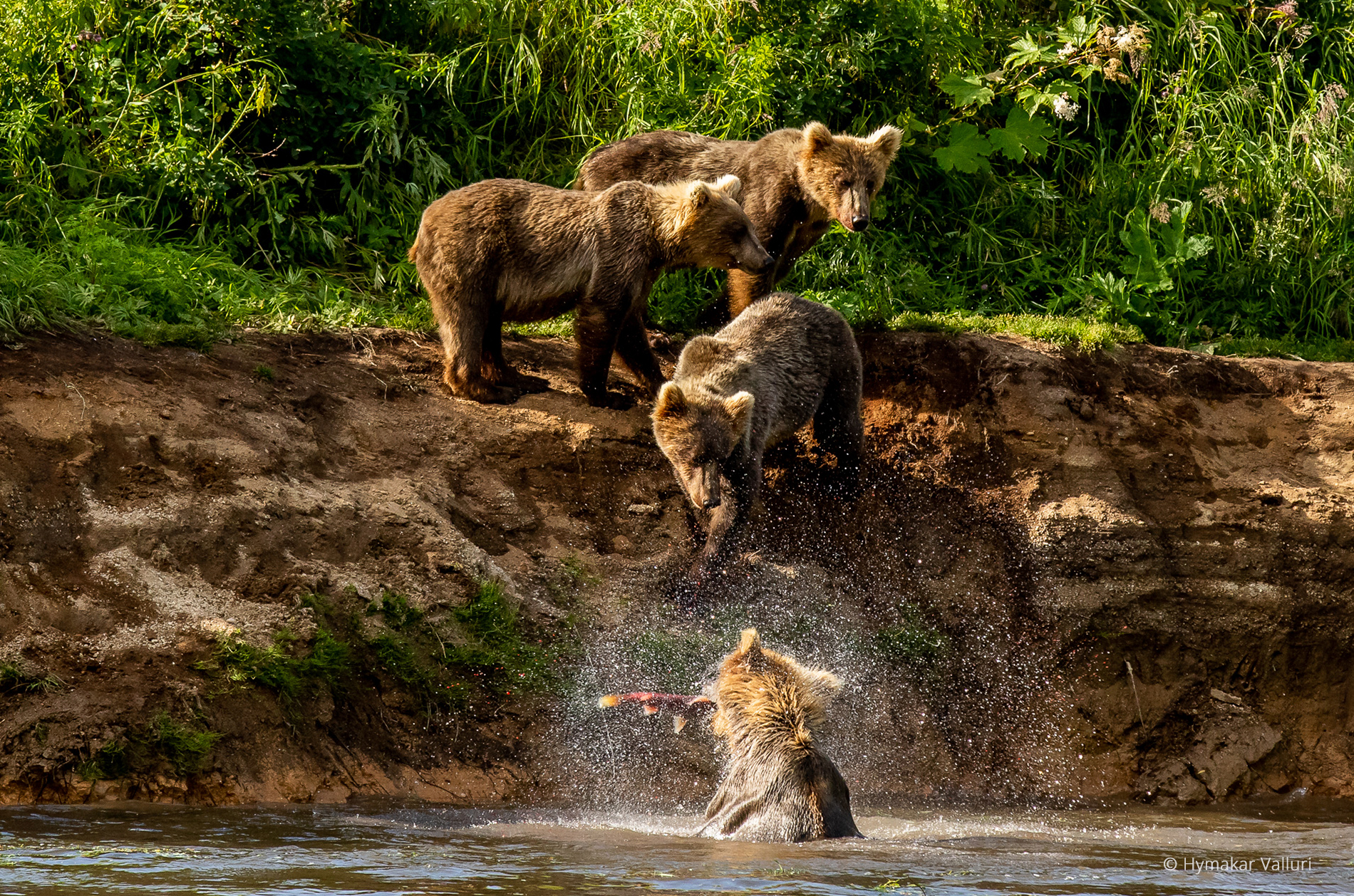
Kamchatka in Russia had been my dream destination, especially so because I wanted to watch and photograph the mighty brown bear.
The dream finally came true in August, when I signed up for the Toehold Wildlife Photography Tour to Kamchatka, led by Santosh Saligram. I was able to see and make images of a lot more geographical beauty and wildlife than I had anticipated.
This journey involved almost all modes of travel, and not knowing Russian proved to be adventurous enough on the first day itself, when I arrived in Moscow. Because there was a 10-hour layover for my next flight to Petropavlovsk-Kamchatsky (PKC), I decided to explore Moscow. Saint Basil’s Cathedral had all my heart while I was there, before leaving for my next flight to PKC.
After a nine-hour flight, we arrived in PKC, a beautiful and clean city. You cannot miss the Koryaksky Volcano as it can be seen from anywhere in the city. We were briefed about the Tour, down to every little detail, and we called it a day, looking forward eagerly to our visit to the Kurile Lake.
The next morning, at around 10:30, we were in a helicopter, taking off to Kurile Lake. I was eagerly waiting for a long time to see this paradise to photograph brown bears fishing salmons, and that’s precisely what I did, along with the group of photographers I was travelling with.
On day two at the Kurile Lake, the weather changed dramatically, for the better, and it was looking much better the previous day. We had not seen a salmon push and were hoping to see some salmons today and also get some bears in action. Bears are known to come out of hibernation after the winter and they start feeding on berries, mushrooms, flowers etc., and then get to hunting for salmons and eat them for the fat and protein, to eventually keep themselves warm and safe during hibernation in the following winter.
As the temperature keeps increasing, they shed their winter coat by brushing off against the trees. And salmons, every year during summer, swim back from the sea to the lake, upstream, to hatch their eggs. Bears wait for the Salmons to return to Kuril Lake and to catch them during their journey upstream.
We were allowed to stay in the open but with rightful strict rules about photographing the bears from a safe distance. The push was not strong and there were few salmons, but we still got some brilliant action between the bears.
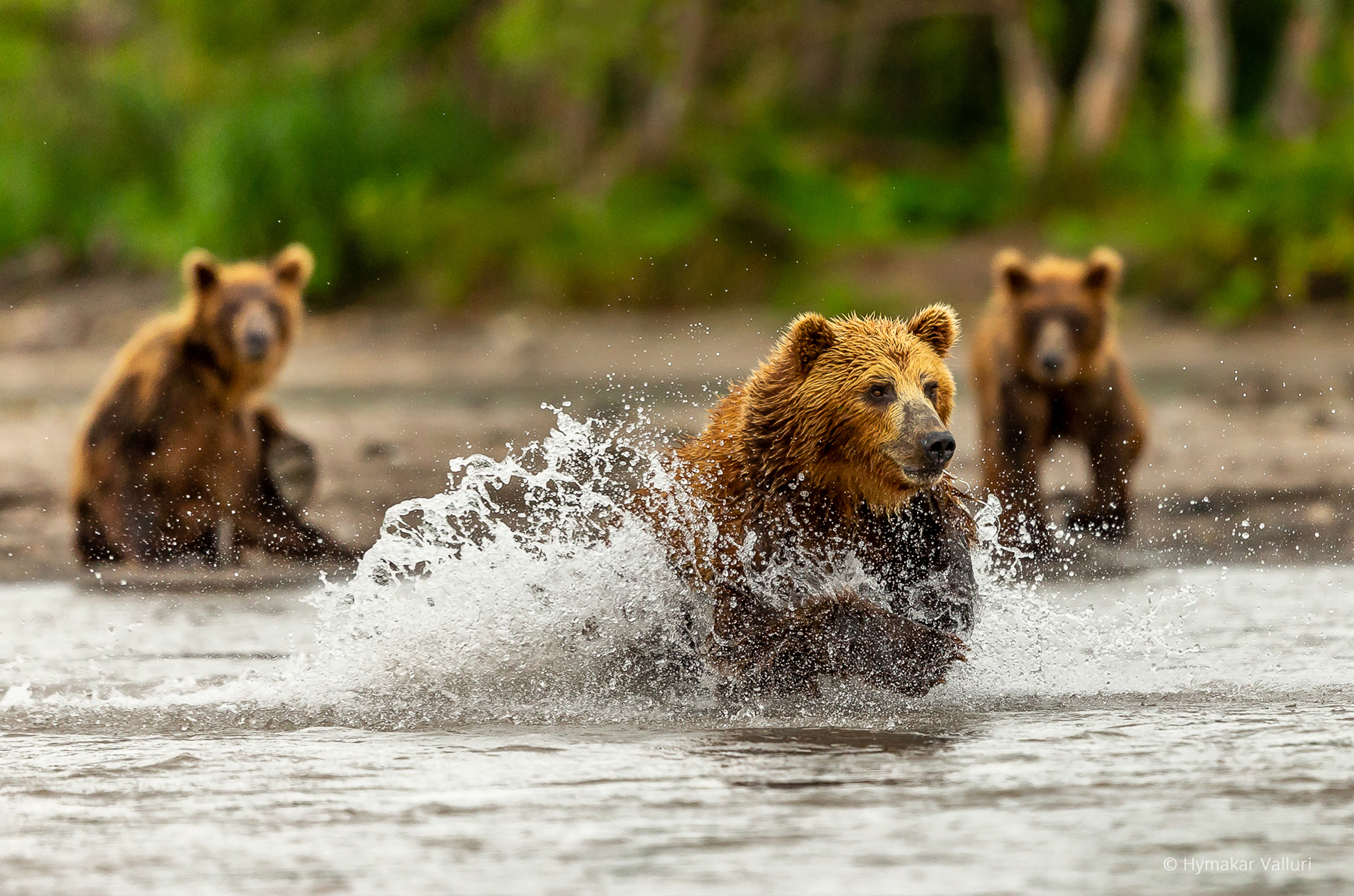
On day three at the Lake, we wanted to catch the morning light as the weather was looking better and hoped that the sun would show up. We got some action shots clicked and got back to the camp and rested till noon. After lunch, we walked to a nearby watch tower and saw a salmon big push happening. There were hundreds of salmons pushing their way through in a hurry to the Lake, fighting against the stream. The whole place turned from green waters to red salmons!
We started walking towards the Tundra along the river and saw lot of bears and hundreds of salmons on the way. After spending sometime in Tundra and understanding the history of the place from the Ranger who had accompanied us, we returned to camp and relaxed for the day, and it was our last night at the camp.
On the last day at the Kurile Lake, we had a few hours to make the best of our time photographing the bears. I tried wide-angle close-ups, capturing the habitat of the bears. We headed back to PKC in the noon and it was time to go to the Bering Sea for the next two days.
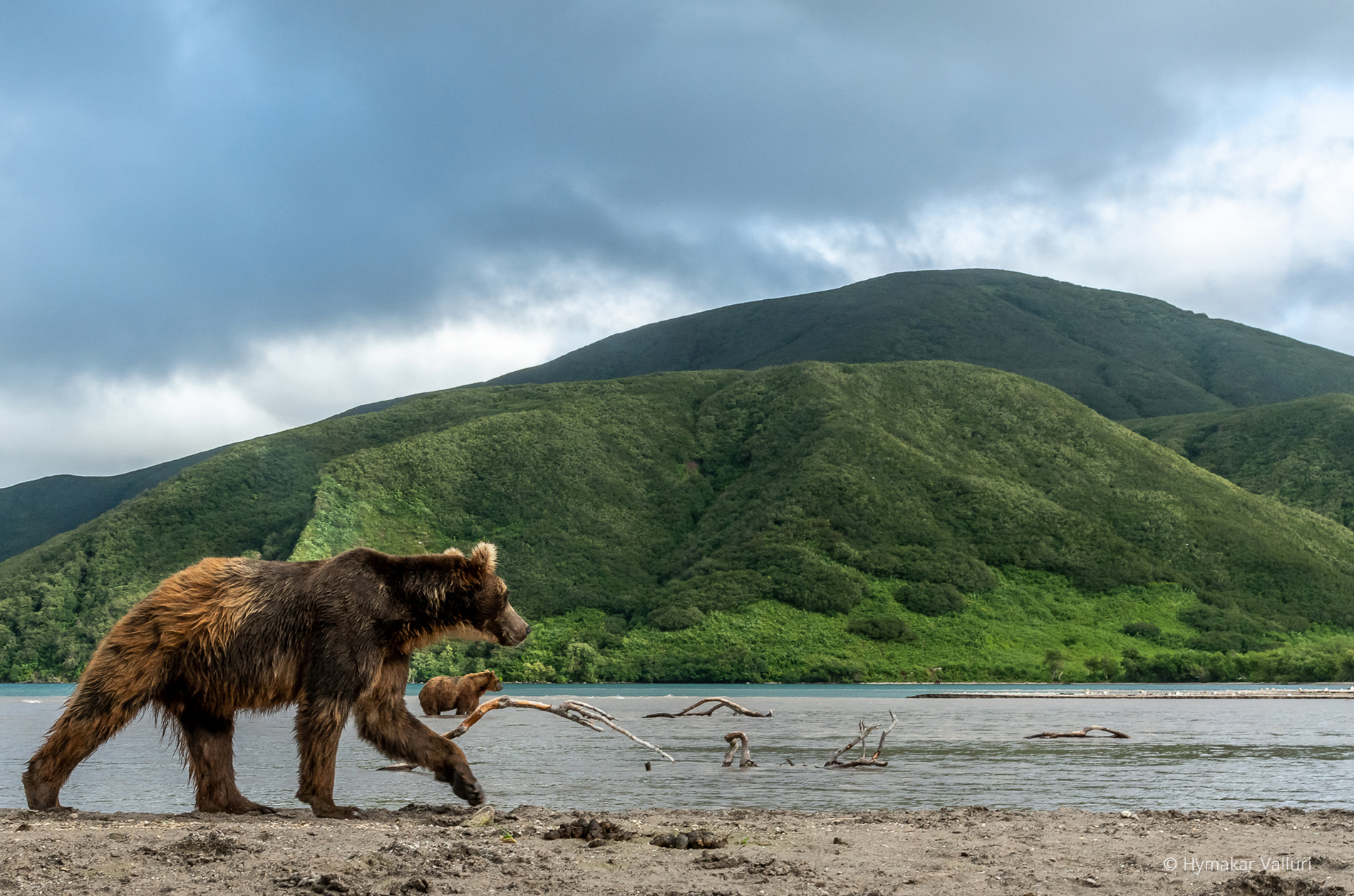
As we set sail for our next destination, we headed towards puffin colonies. We were asked to get into the Zodiacs and we spent almost two hours making images of thousands of puffins, kittiwakes, skuas, guillemots and other seagulls.
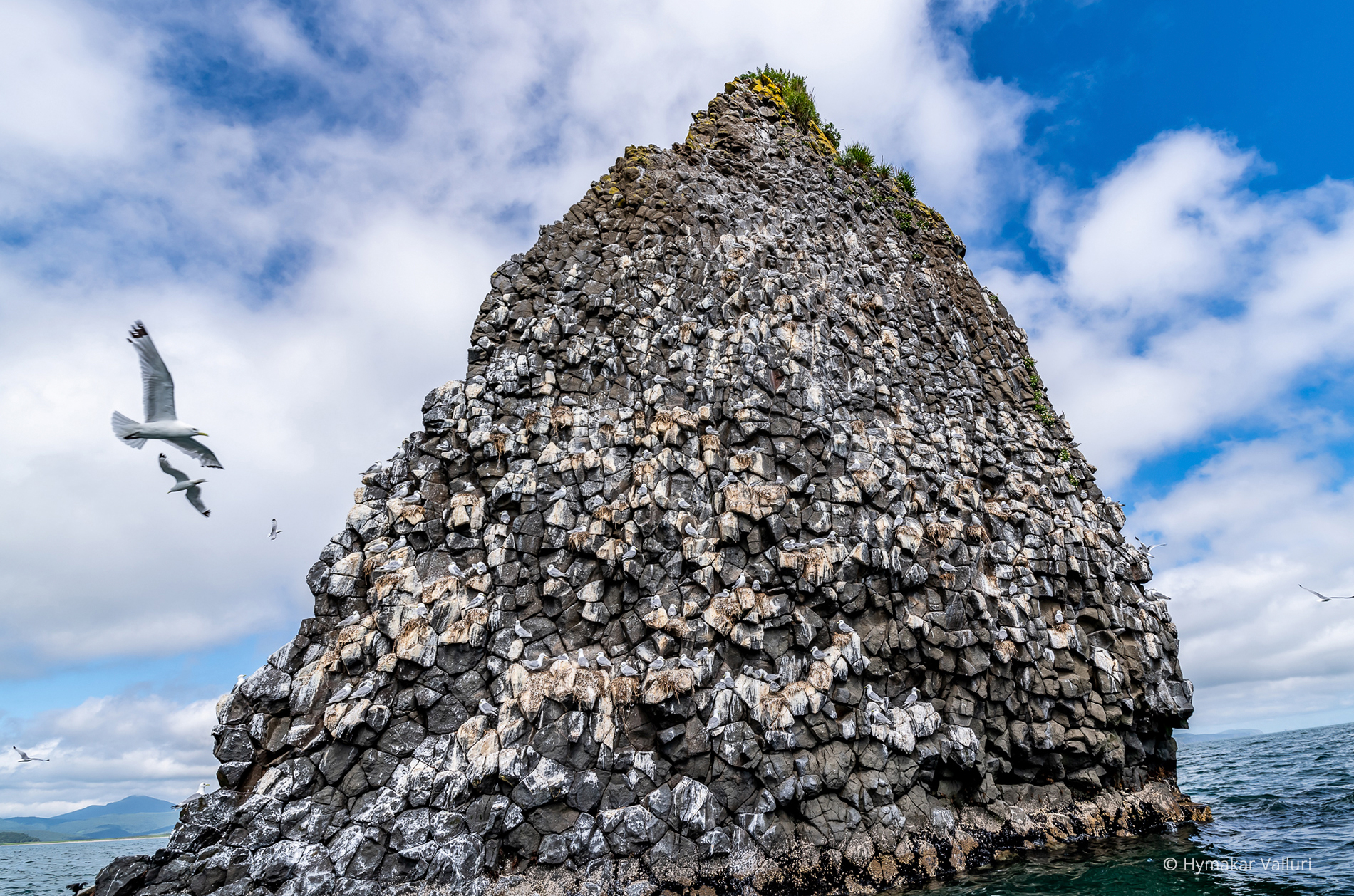
We also got to see spotted seals and sea otters. I was delighted to see my dream-bird horned puffin as well.

We headed further into the sea looking for whales, and we got to see a mother and two calves of humpback whales.
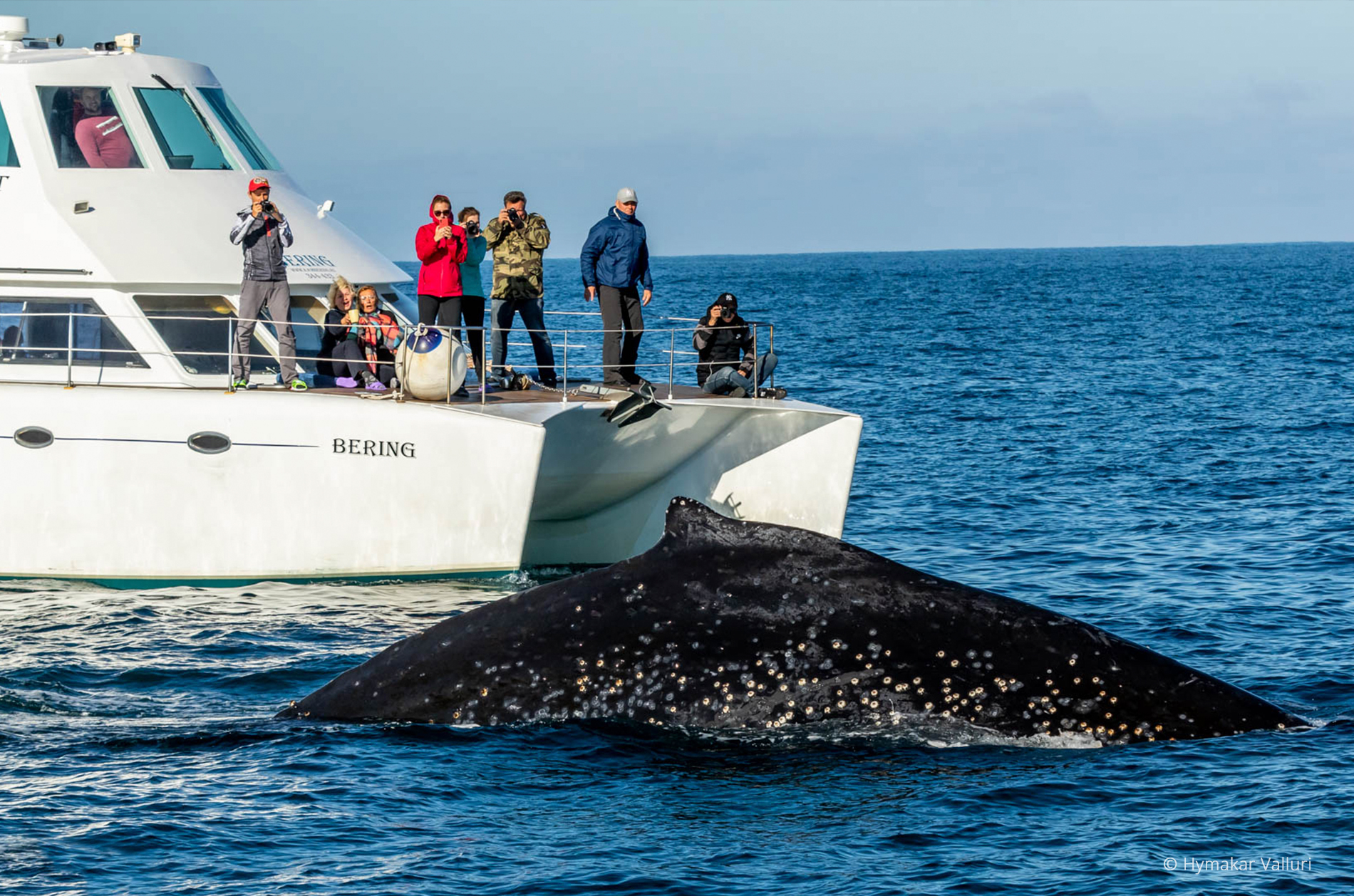
After photographing the whales to our hearts’ content, we headed towards the islands where we could see sea lions.
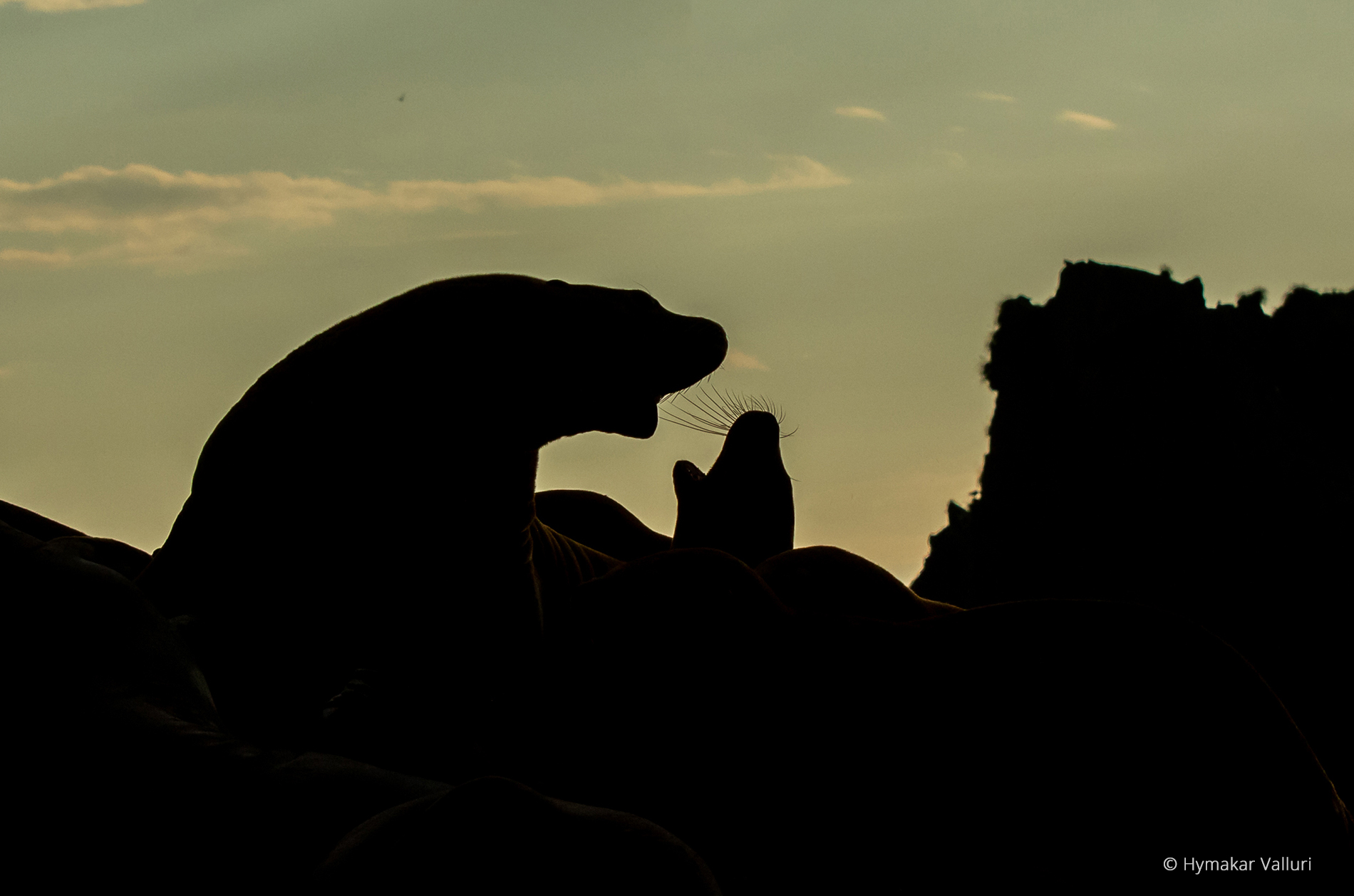
By evening, we reached one where sea lions were resting and decided to anchor close by to photograph them the next day in the morning light.
As planned, we woke up at sunrise, got into our Zodiacs and headed towards the rocks on which perched the sea lions. The sea was choppy, so we got back pretty quickly to our boat and as we headed back to the town, our Captain waved to me asking me to scan the hill-top for the Steller’s sea eagles and we were lucky to see a mother and her chick atop that hill. And with that, our wildlife photography had come to a satisfying end.
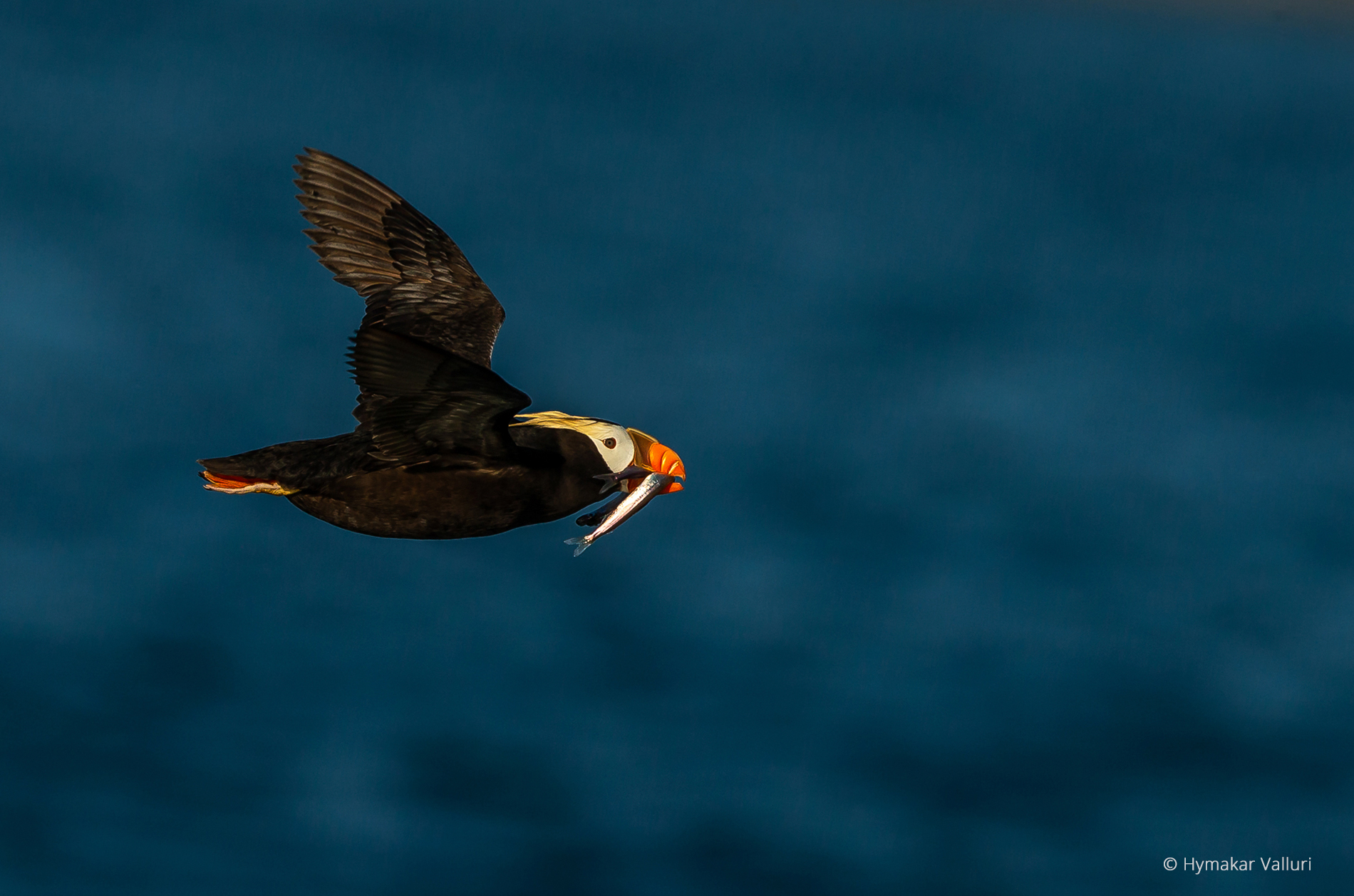
Kamchatka is an experience I will remember and cherish for a long, long time. Its pristine beauty has only left me thirsting for more adventures into untamed wildernesses across the planet and I hope to travel and photograph more in the days to come.
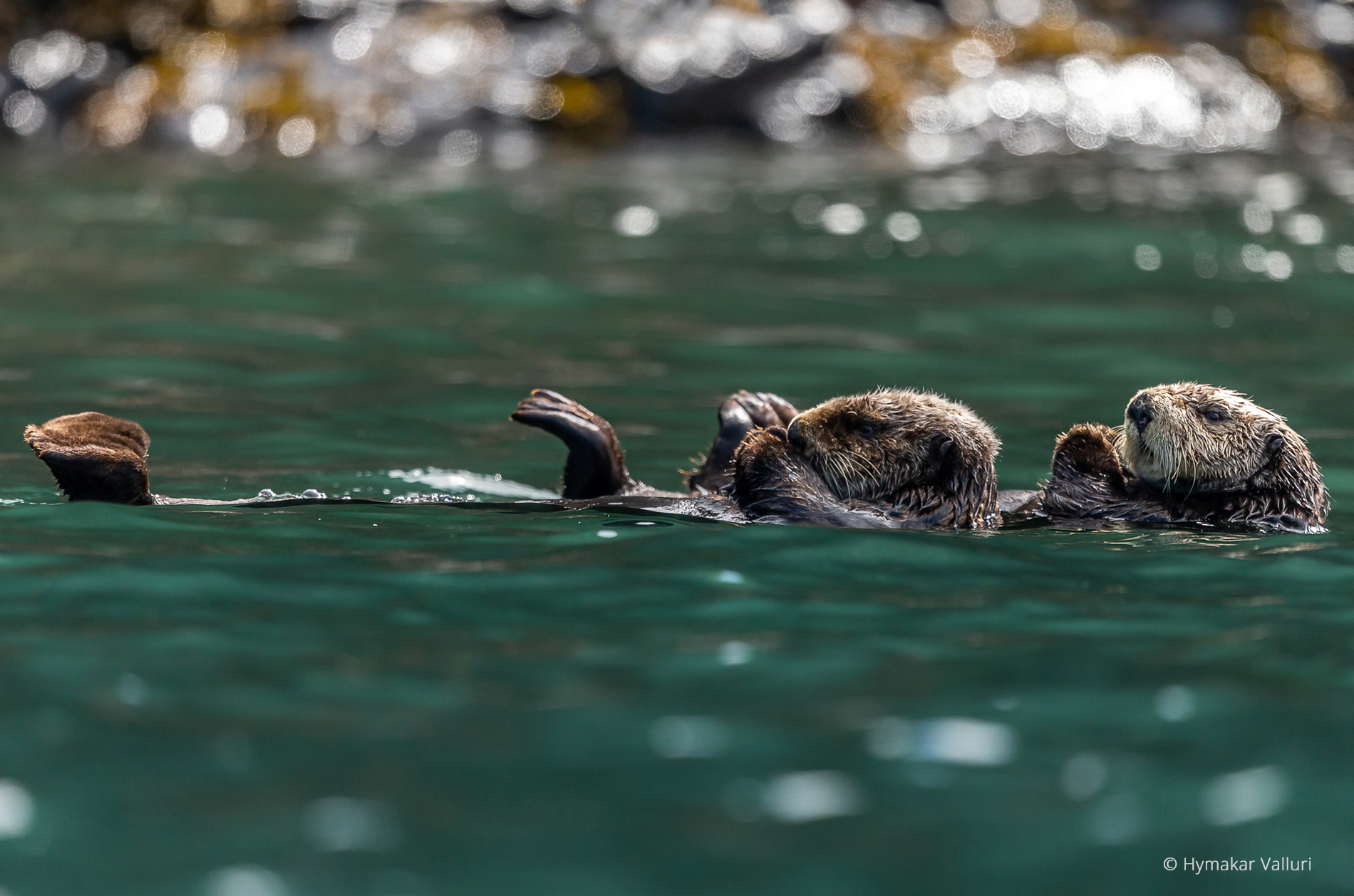

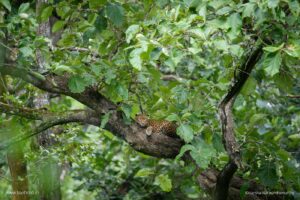
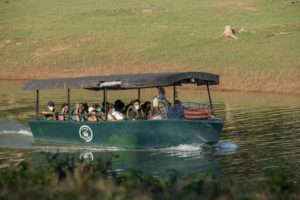
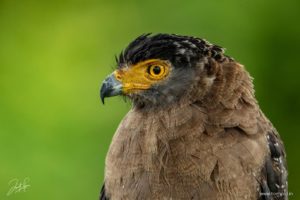
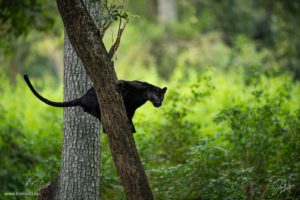
Thank you for your contribution Hymakar! Lovely presentation.